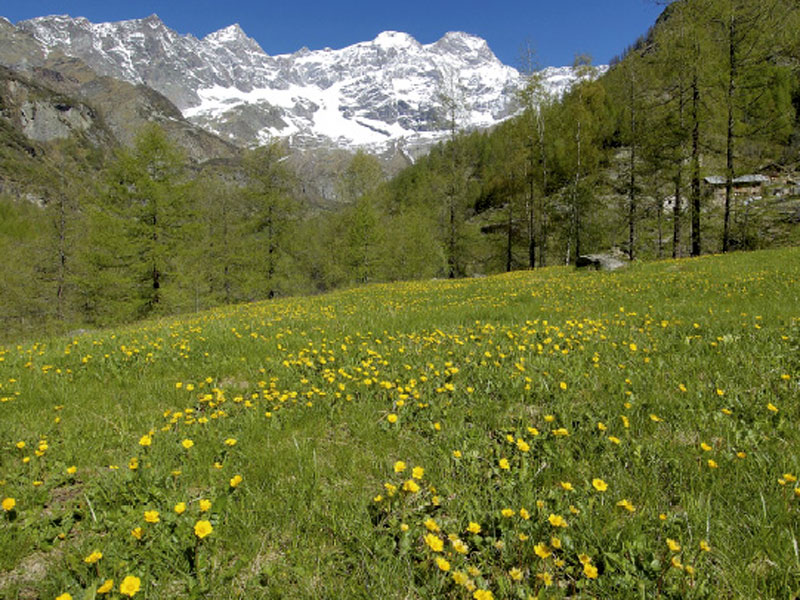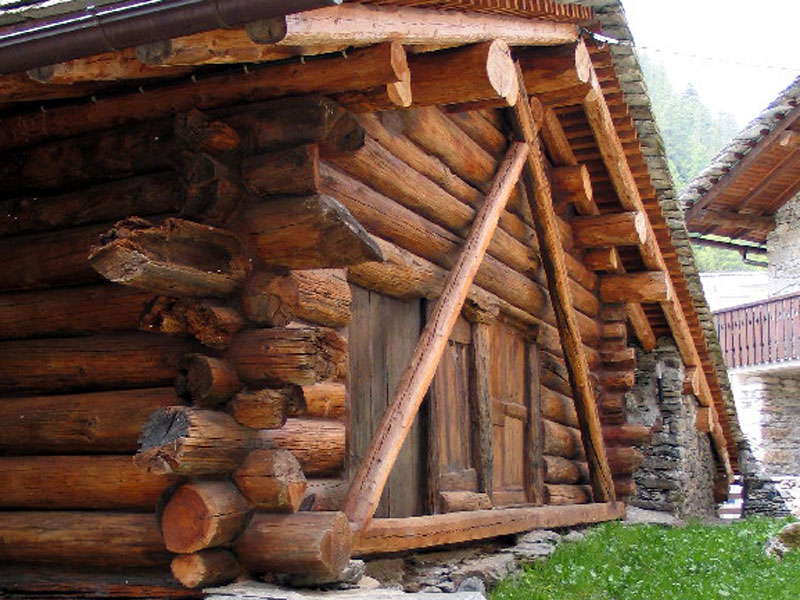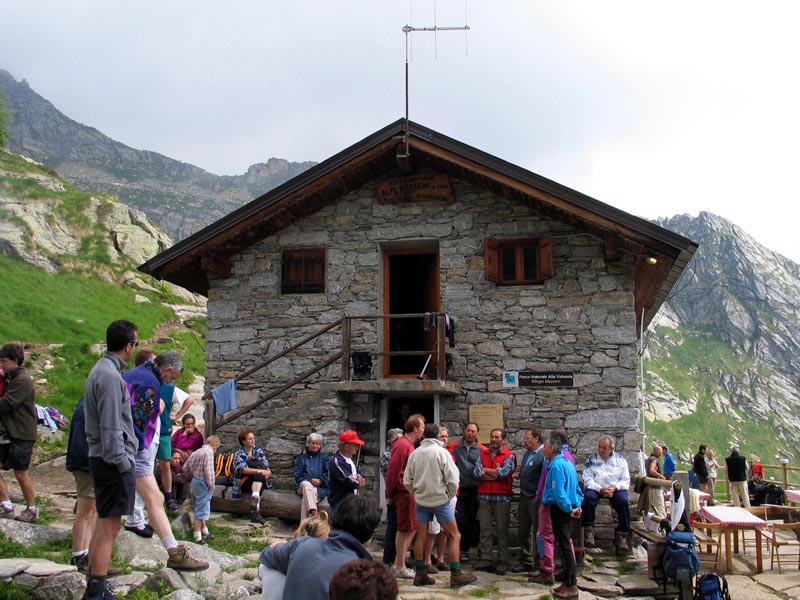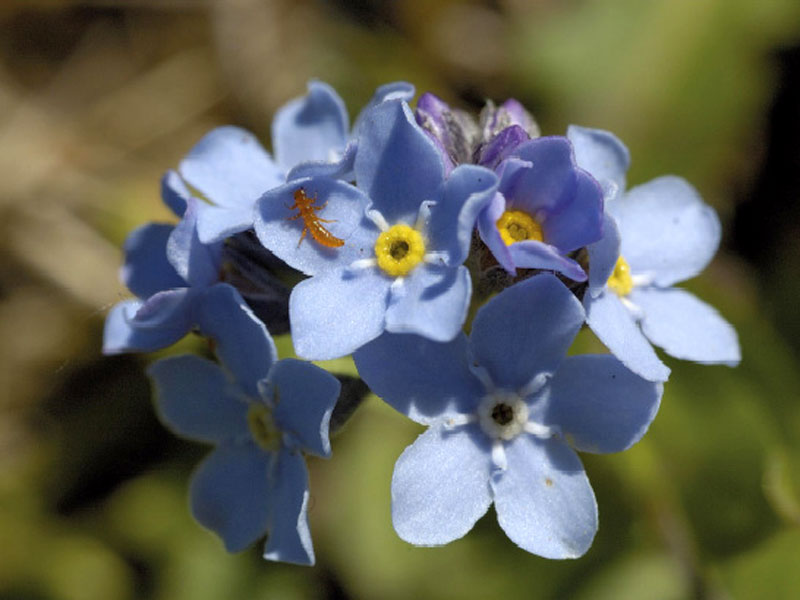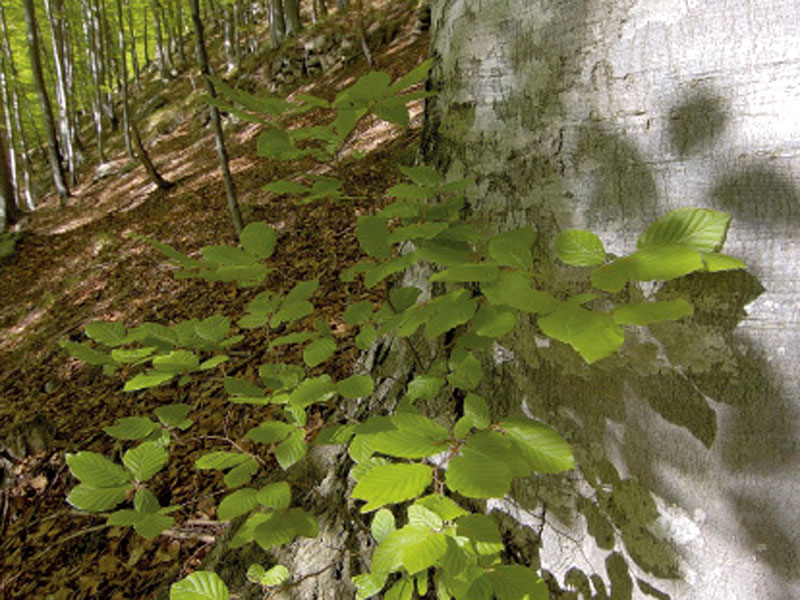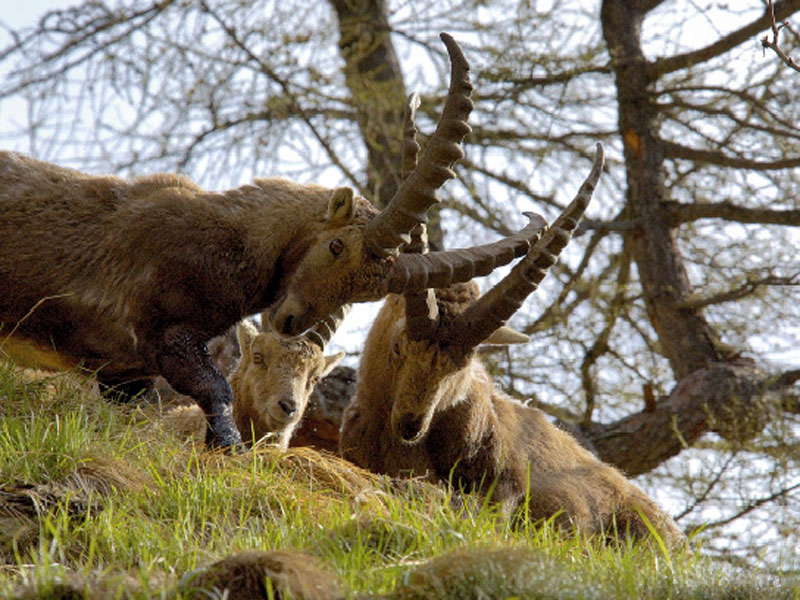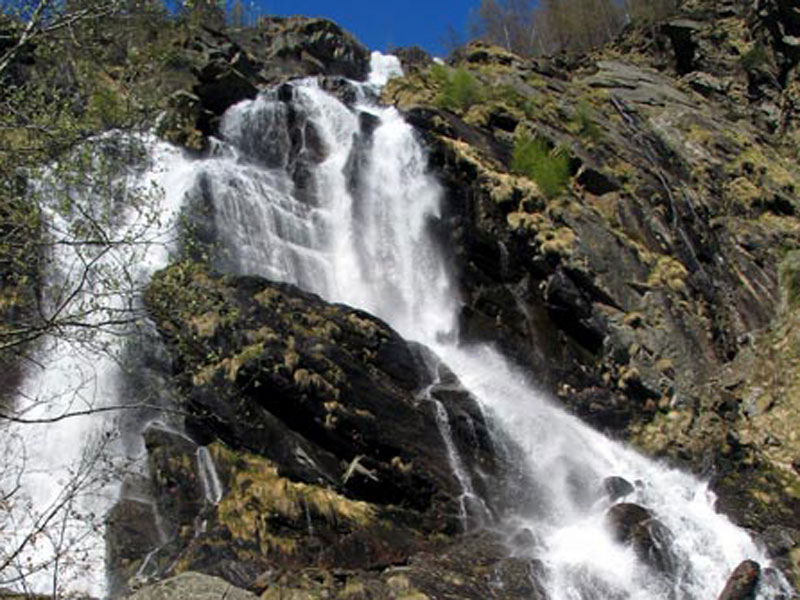Parco dell'Alta Valsesia e dell'Alta Val Strona
www.areeprotettevallesesia.itProtected Area
Identity Card
- Land Surface Area: 7'000.00 ha
- Regions: Piemonte
- Provinces: Vercelli, Verbano-Cusio-Ossola
- Municipalities: Alagna Valsesia, Alto Sermenza, Carcoforo, Fobello, Rimella, Valstrona
- Establishment Measures: LR 19 29/06/2009
- PA Official List: EUAP0204
- Park Authority: Ente di gestione delle Aree Protette della Valle Sesia
Alta Valsesia Park
... An Alpine Park par excellence
Alta Valsesia Park was established in 1979 and it is an Alpine park par excellence, since it develops up to the 4,559m of Punta Gnifetti on Mt. Rosa: it is the highest protected area in Europe.
At the beginning the Park extended in the Municipalities of Alagna, Rima, Carcoforo, and Rimasco and then it was enlarged in 1985 to the Municipalities of Fobello and Rimella occupying in this way the head of the valleys of the upper hydrographic basin of the river Sesia.
Until 1990, the Park was administered by Valsesia Mountain Community and became then an authority belonging to Regione Piemonte, with its own managerial autonomy exercised by its own bodies: a President, an Executive Board, a Council. The practical management is entrusted to the organization staff whose offices are in Varallo and to the Park Keepers in the territory, who represent the criminal police.
Besides the surveillance activity, they also have other tasks, like the collaboration to research activities, data collection, environmental education promotion, and direct measures in the monitoring of flora and fauna.
The Park has therefore a leading role not only in the safeguard of the environment, but also in research activities, experimentation, and above all education.
The Walser People
Between the end of the 13th and the beginning of the 14th centuries, the Walser pioneers settled in the South of Mt. Rosa. Their origins seem to be linked to the Vallese area, from which the name "walliser", and therefore "walser", derives.
The main reason of the success of their settlement seems to be an almost biologic adaptation to an environment where in the past it was very difficult to live.
The progress, which has almost entirely cancelled a whole ethnicity, has not been able to defeat a small group of men and women heroically fighting not to isolate themselves, but to let everyone know what we could lose without even being aware of it.
Further info (Italian text)
Vegetation
The vegetation of the Park is the vegetation typical of the Alpine and subalpine areas. Besides musks and lichens, at the highest altitudes there are also pioneer vegetable formations on rocks, on morainic detritus (primeroses, glaciers buttercups, wormwoods, gentians), in the nival valleys (dwarf willows), on the hillocks (Alpine azalea), or in the high mountain pastures.
The curved carix, the anemone, the achillea, and the Alpine clover characteristic of high pastures are replaced at lower altitudes by the spikenard and by the golden oat, while near the mountain huts and the drinking trough there are populations of Alpine rhubarb, wild spinach, clover, nettles, and mint.
Among the shrubs, the green alder forms thick bushes mixing at lower altitudes with the larches. Also rhododendron and bilberry bushes are widespread in the Park. There are real larch woods in Alagna and in Carcoforo, while in the areas of the Val Mastallone the mountain vegetation dominates with mixed woods of beech and silver fir.
(the following links lead to Italian texts)
Fauna
The wild goat is among the mammals populating the Park: it was introduced in Valsesia in the mid 1970s, and it has now settled in the areas of Alagna and of Rima, and is currently populating the valley of Carcoforo.
The chamois is present almost everywhere in the Park, with more groups in Rima and in Carcoforo.
In the clearings near the woods it is possible to sight at dawn and at the sunset the roe deer.
Marmots, ermines, foxes, martens, weasels, hares, squirrels, and other species of small rodents and insectivores can be seen.
The most interesting aspect of the Park is the possibility to sight birds, dominated by the Golden Eagle and by a number of other species of diurnal and nocturnal birds of prey. Since the Park has "alpine" features, there are also Tetraonids like the Black Grouse, the Ptarmigan, and the Rock Partridge.
(the following links lead to Italian texts)
Geography
Alta Valsesia Park was established in 1979 and is an Alpine park par excellence, since it develops up to the 4,559m of Punta Gnifetti on Mt. Rosa: it is the highest protected area in Europe. At the beginning the Park extended in the Municipalities of Alagna, Rima, Carcoforo, and Rimasco and then it was enlarged in 1985 to the Municipalities of Fobello and Rimella occupying in this way the head of the valleys of the upper hydrographic basin of river Sesia.



